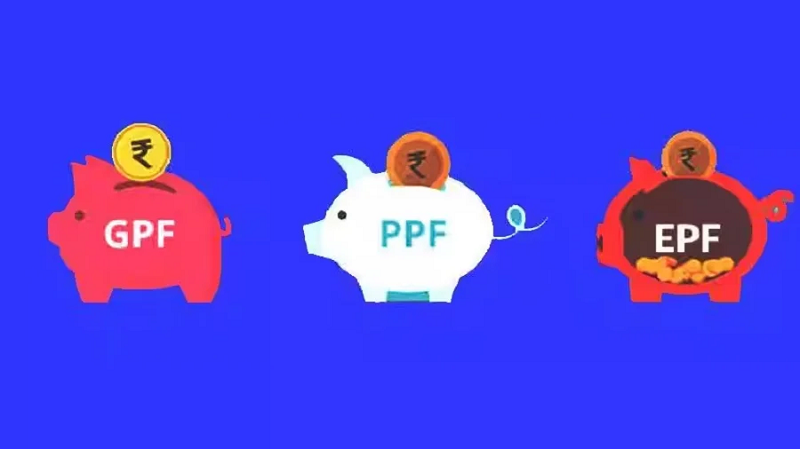PPF and EPF - Which one gives more returns or returns, EPF or PPF? Learn the difference between the two.
- byManasavi
- 24 Oct, 2025

Friends, human life is full of uncertainties, where no one can predict what may happen next. Therefore, to secure your future, one should invest in a good savings scheme. The most popular schemes are the Employees' Provident Fund (EPF) and the Public Provident Fund (PPF). Both schemes are designed to encourage disciplined savings. Let's learn about the differences between the two:
1. Employees' Provident Fund (EPF)
Managed by the Employees' Provident Fund Organization (EPFO), EPF primarily benefits private sector employees.
Contributions to your PF account are made partly by you and your employer, helping to build a substantial retirement corpus over time.
EPF currently offers an annual interest rate of 8.25%, compounded annually, ensuring significant growth in your savings.
2. Public Provident Fund (PPF)
The PPF scheme is open to all Indian citizens, not just employees.
It is a long-term investment option that encourages regular savings with tax-free interest.
Investments under the PPF scheme currently offer an interest rate of 7.1% per annum, making it a safe and reliable option for stable wealth accumulation.
3. Which scheme offers higher returns?
Based on interest rates alone, EPF offers slightly higher returns (8.25%) than PPF (7.1%).
Factors such as employment status, cash needs, and long-term financial goals should also be considered when choosing between EPF and PPF.






